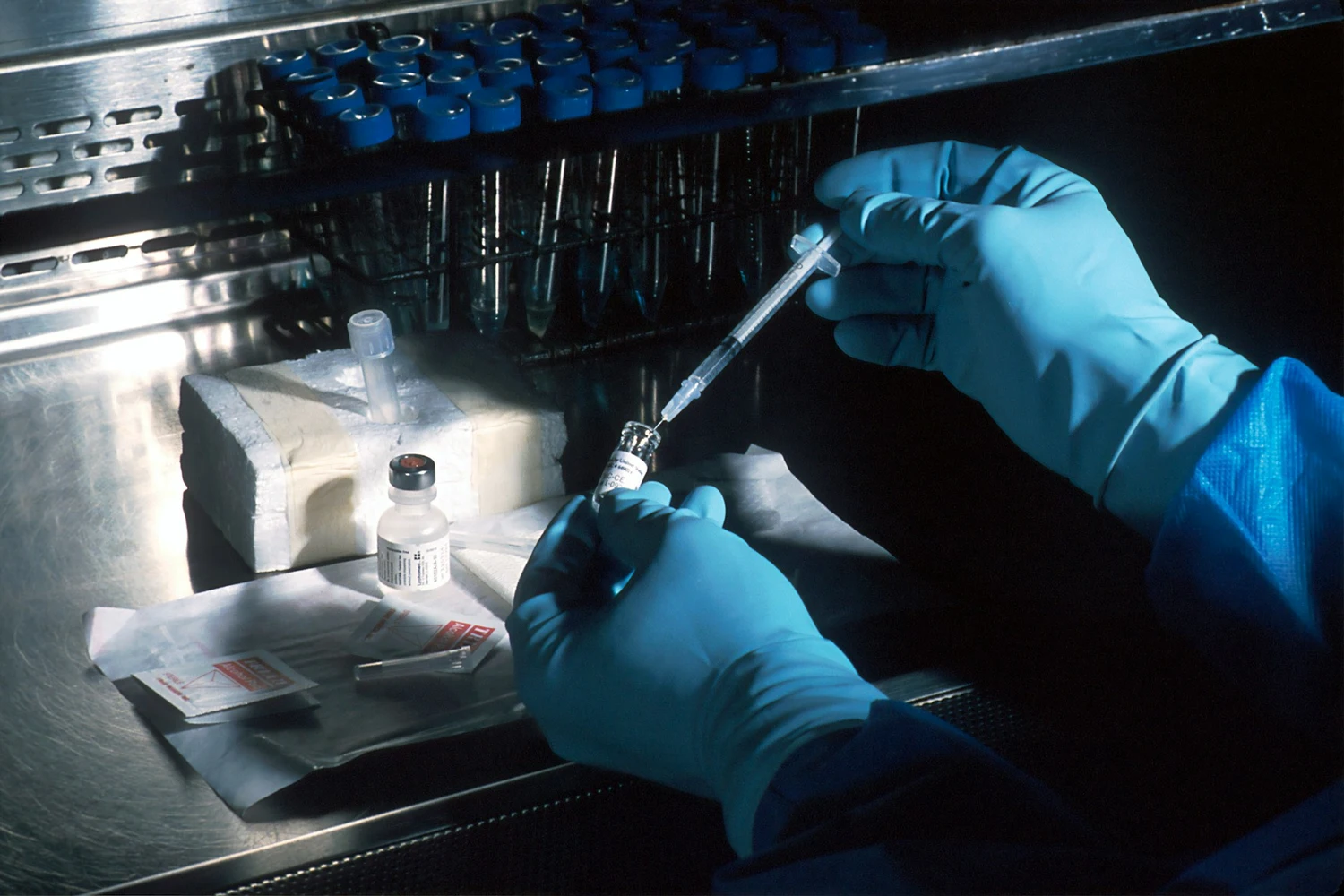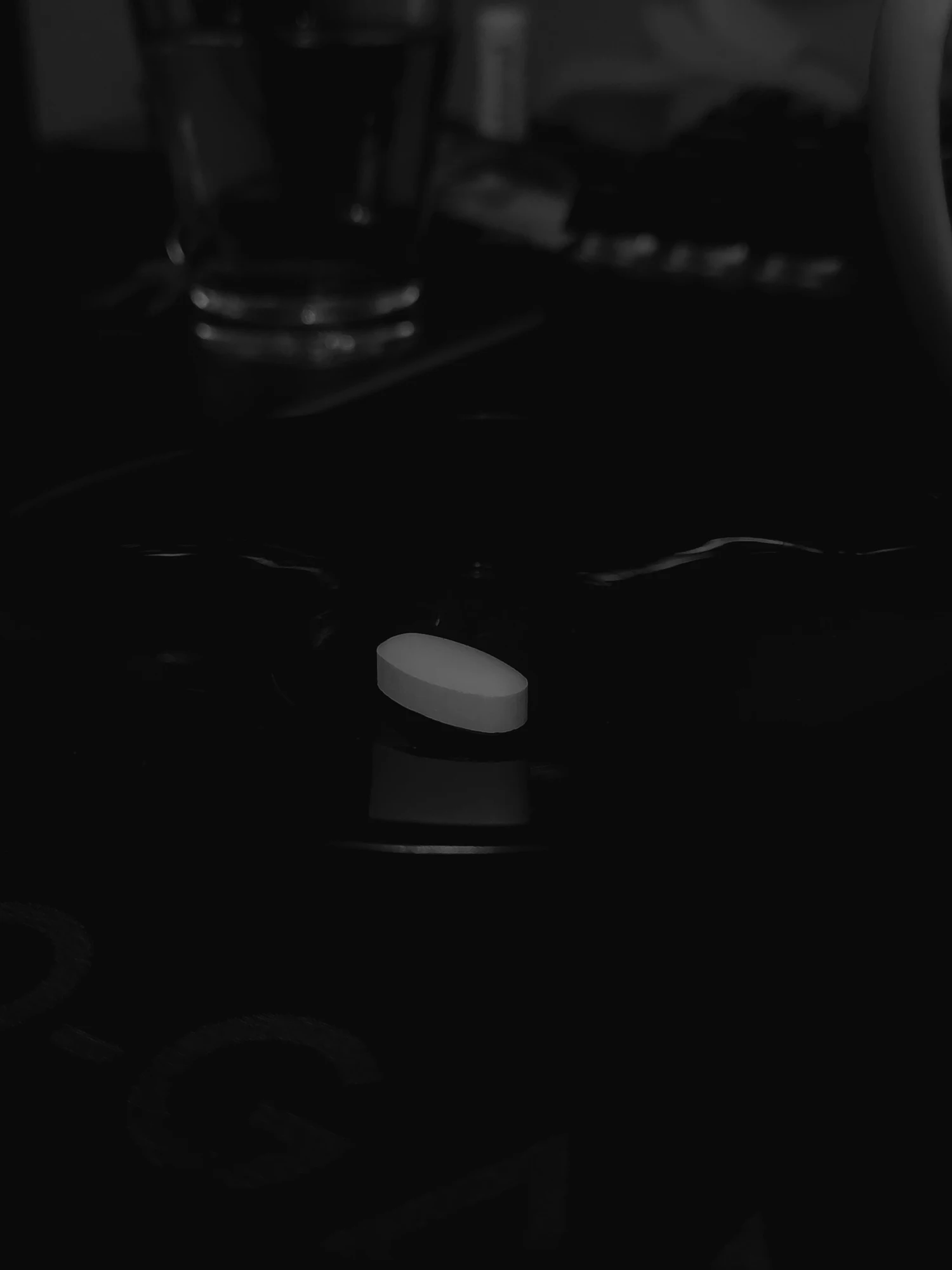
Does Acid Show Up On A Drug Test?
Key Points
- Acid can show up on drug tests, particularly blood tests.
- Routine drug tests don’t typically screen for LSD.
- LSD carries several risks, especially psychological distress, but it is not considered physically addictive and has a low potential for abuse compared to many other substances.
In short, yes. Acid can show up on a blood test, but it’s not common for drug tests to screen for LSD or other psychoactive substances. There are also dangerous side effects and other serious health risks associated with the use of acid and hallucinogens, including drug abuse and dependence. In addition, the legal penalties for LSD possession and trafficking are severe, and avoiding these circumstances is advised for safety and wellness.
What Is Acid?
The term “acid” is a colloquial term for the drug known as LSD, or lysergic acid diethylamide. LSD has been around since the 1940s when Albert Hofmann, a Swiss chemist, accidentally discovered it. While studies are ongoing, there is currently no therapeutic indication for LSD, meaning it is not available by prescription.
How Does Acid Work?
LSD produces a “high” by flooding the brain with serotonin, a naturally occurring compound in the brain and a common ingredient in antidepressant medications. [1] While some users report feeling a sense of euphoria, others experience the opposite. LSD is classified as a Schedule I substance, meaning it is not approved for medical use in the U.S., although research is ongoing into its potential therapeutic benefits. The street terms for these experiences are “good trip” and “bad trip.”
LSD Drug Classification
In the United States, LSD is classified as a Schedule I controlled substance along with other drugs such as marijuana, heroin, and ecstasy. According to this classification, LSD is not considered a medical treatment, although it is not typically associated with compulsive abuse patterns. [2]
Classification as a Schedule I drug means that LSD is also associated with some of the highest legal penalties one can face for drug possession or trafficking. This can include lengthy prison sentences and hefty fines.
Does LSD Show Up on Drug Tests?
It’s important to know that LSD detection is possible. It can be detected through a urine test, blood test, or hair test. However, people usually only take a small dose of LSD because it is so potent. This can make LSD more difficult to detect than other drugs. [3] A drug screen may more easily identify high doses of LSD.
How Long Does LSD Stay in the System?
The liver breaks down LSD very quickly. Due to liver function, it doesn’t stay in the body as long as some other types of drugs, like marijuana or methamphetamines, for example. Still, the detection window for acid in the blood is up to 15 or 16 hours after the last use. [4]
Factors that Affect Detection Times
There could be various factors that influence how long LSD or any other substance stays in your system. Everyone is different, so the amount of time it takes for the drug to leave the body will vary by factors like: [5]
- Age
- Liver function
- Body fat
- Dosage
- Metabolism
- Time since your last dose
- Any medications you’re taking
Because LSD is rarely included in routine drug tests and has a short detection window, it is not often detected unless specifically tested for. However, the best way to avoid LSD detection by a drug screening is to avoid taking this substance altogether. In doing so, you’ll also avoid the risks of legal repercussions, dangerous side effects, and the risk of dependence, whether physical or psychological.
Do Drug Tests Screen for LSD?
While LSD can be detected by blood tests, it depends on the type of test. Most drug tests do not currently test for this substance. Urine tests can detect LSD, but specialized tests are required; hair follicle testing is rarely used due to cost and low reliability for LSD. [6] However, this in no way implies that LSD is safe to use. The legal, physical, and mental health risks of LSD use and possession are too great, whether or not tests commonly screen for the psychoactive substance.
Why Is LSD Illegal?
LSD, commonly referred to as acid, is illegal because the Drug Enforcement Agency has identified it as a potentially dangerous substance with a high risk of abuse.
Though the risk of addiction is considered low in comparison to some other substances like heroin and cocaine, the risk isn’t nonexistent. There may be a greater risk of psychological dependence on LSD than physical dependence. The good news is that you won’t likely experience withdrawal symptoms when stopping the use of LSD. This could make it easier to get off of than many other drugs.
Dangers of LSD Use
Although overdose or death from LSD is rare, there are other dangerous side effects of taking LSD. For example, this drug can alter a person’s perception, sense of self, and bring on vivid hallucinations. People respond differently to hallucinogens. For many individuals, fear, anxiety, paranoia, and depression are common overdose reactions. [7]
Some people experience flashbacks of a bad trip months after the event. This is sometimes referred to as hallucinogen persisting perception disorder, or HPPD. [3] LSD has also been known to trigger certain mental health conditions in vulnerable populations, including schizophrenia. [8]
It’s impossible to know how you will respond to LSD, even if you’ve taken it before. That’s because the dosage and chemical makeup of the drug aren’t regulated. As with many other substances, there’s always the danger that LSD could be combined with other dangerous, and sometimes deadly, drugs like fentanyl.
Some people who have bad trips can become aggressive, unpredictable, and even violent. [9] You could end up hurting yourself or someone else while under the influence of LSD. Moreover, because acid affects your depth perception, there is the additional risk of accidents and serious injury. LSD can be particularly dangerous for people with heart disease, epilepsy, paranoid personality disorder, or psychosis. [10]
Mental Health Effects of LSD
One of the most prominent dangers of LSD is its potential effects on mental health. Some of these adverse psychological effects may include: [11]
- Visual hallucinations
- Delusions
- Panic attacks
- Fear of dying
- Fear of losing control
- Terror
- Distorted sense of self
- Distorted sense of time and depth
These adverse mental health effects can sometimes last long after the LSD has left the system.
Physical Side Effects of LSD
The physical effects of acid, or LSD, can range from uncomfortable to potentially dangerous. According to the National Institute on Drug Abuse, people who have used LSD report the following side effects of acid: [12]
- Diarrhea
- Stomach pain
- Headaches
- Changes in body temperature
- High blood pressure
- Increased heart rate
- Nausea
- Vomiting
Penalties Related to Acid or LSD
As a Schedule I controlled substance, LSD possession or sale can lead to severe legal penalties; however, mandatory minimums depend on the dose and intent to distribute.[13]
Risk of Substance Use Disorder
Any type of substance abuse can be dangerous, and LSD is no exception. Aside from the scary and potentially dangerous side effects of this drug, there is also the risk of physical or psychological dependence.
Although the risk of physical dependence is considered low, psychological dependence is more likely. If you’re experiencing symptoms of substance misuse after taking acid or any other drug, treatment options are available.
Frequently Asked Questions About Acid Detection on Drug Tests
What drugs show up on a 10-panel drug test?
A 10-panel drug test screens for the following substances:
- Cocaine
- Opioids
- PCP
- Methadone
- Methaqualone
- Marijuana
- Benzodiazepine
- Barbiturates
- Propoxyphene (Darvocet)
- Amphetamines
How long do the effects of LSD last?
An LSD trip can last between 8 and 12 hours, but the drug remains in your system for longer. [14]
What kind of test screens for LSD?
Routine drug tests do not typically screen for LSD, or acid. However, some blood tests may be able to detect the presence of acid for up to 15 hours.
Is it easy to get off LSD?
No. Although the physical dependence on this drug may be less of a concern, there could still be a strong psychological component to LSD addiction. In some cases, a psychological dependence can be harder to treat, but it’s not impossible.
Can you mix alcohol with LSD?
No. Mixing alcohol or other substances with LSD can increase both the dangers and side effects of both substances and lead to serious and adverse outcomes. Always talk to a physician before mixing any substances with alcohol or each other.
How do I stop a bad trip from LSD?
There’s no way to stop an acid trip once it’s started. Since it’s already affected the brain, even throwing up won’t put an end to the experience. All you can do is wait it out. The best way to avoid a bad trip is to avoid taking LSD or other hallucinogenic drugs altogether.
Sources
[1] [10] [11] Hwang, K. A. J. (2023a, July 10). Lysergic acid diethylamide (LSD) (archived). StatPearls [Internet]. https://www.ncbi.nlm.nih.gov/books/NBK482407/
[2] Drug scheduling. DEA. (n.d.). https://www.dea.gov/drug-information/drug-scheduling
[3] [4] MediLexicon International. (n.d.-b). How long does acid stay in your system? Urine, blood, hair, and more. Medical News Today. https://www.medicalnewstoday.com/articles/325480#how-long-does-acid-stay-in-your-system
[5] [9] Santos-Longhurst, A. (2020, May 27). LSD: Effects, risks, tips, and more. Healthline. https://www.healthline.com/health/lsd#onset
[6] JM;, R. C. D. X. (n.d.). LSD detection and interpretation in hair. Current pharmaceutical design. https://pubmed.ncbi.nlm.nih.gov/28641537/
[7] [8] LSD. DEA. (n.d.-b). https://www.dea.gov/factsheets/lsd
[12] U.S. Department of Health and Human Services. (2025, April 25). Psychedelic and dissociative drugs. National Institutes of Health. https://nida.nih.gov/research-topics/psychedelic-dissociative-drugs#drugs-safe
[13] Federal trafficking penalties. (n.d.-c). https://www.dea.gov/sites/default/files/2021-12/Trafficking%20Penalties.pdf
[14] Baquiran M, Keyes D, Al Khalili Y. Lysergic Acid Diethylamide Toxicity. [Updated 2023 Dec 17]. In: StatPearls [Internet]. Treasure Island (FL): StatPearls Publishing; 2025 Jan. https://www.ncbi.nlm.nih.gov/books/NBK553216/


